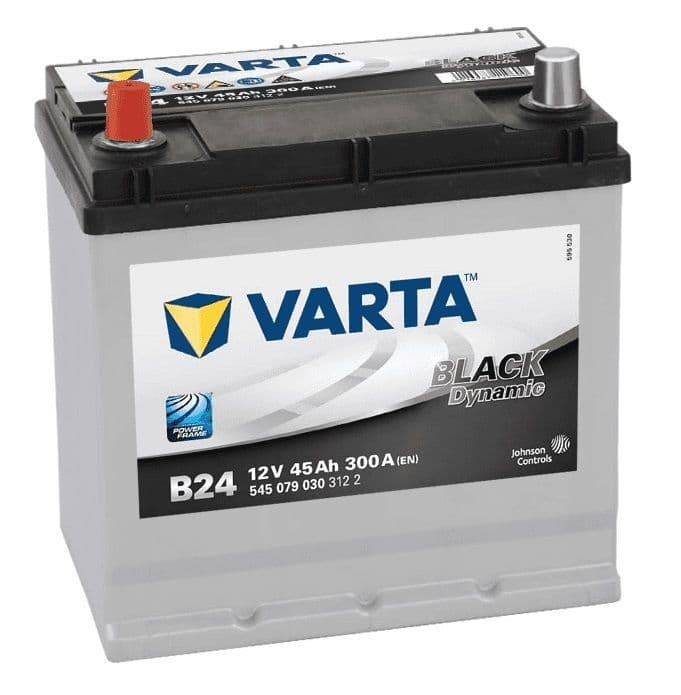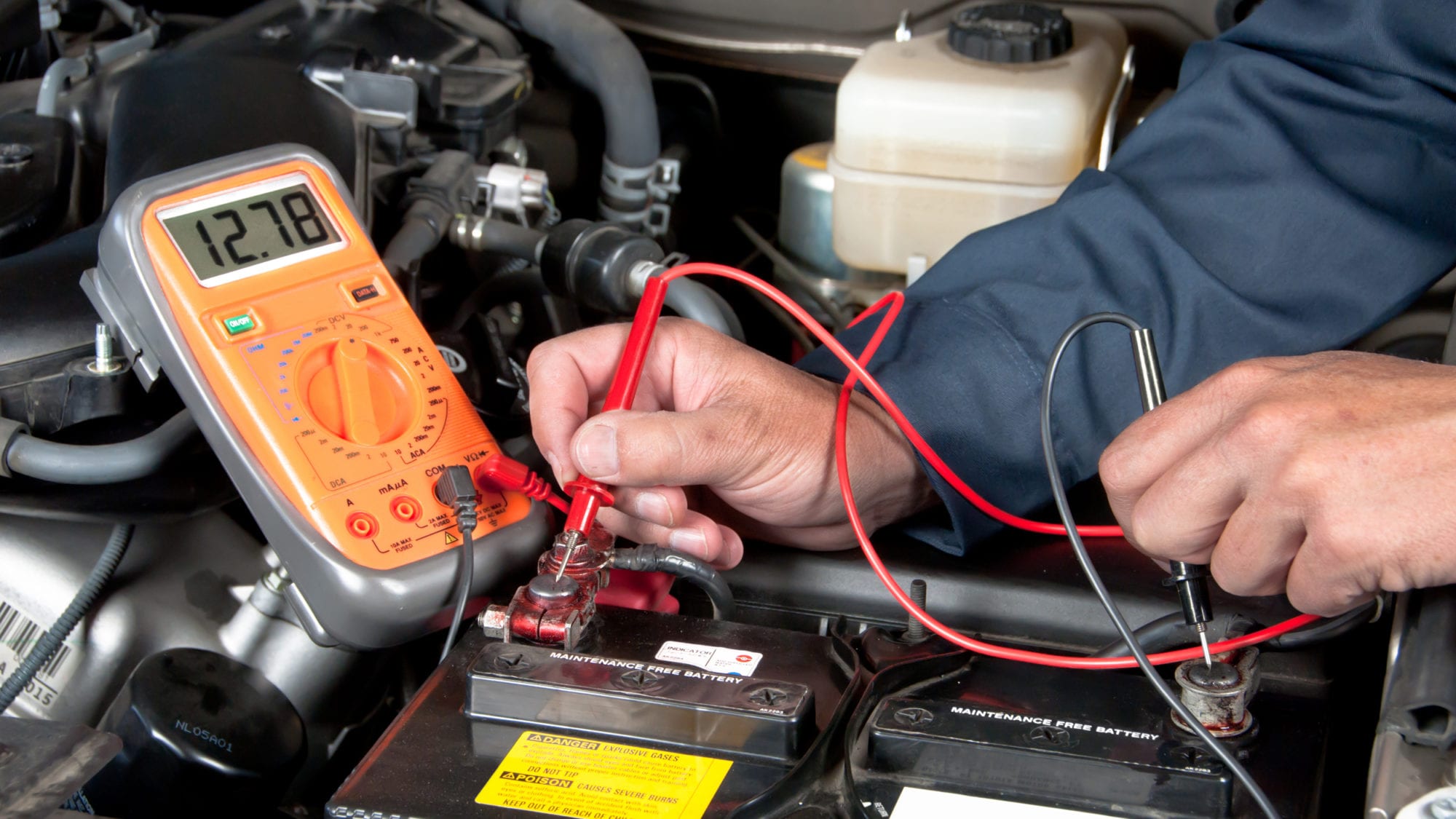A battery is the electrical component that starts many engines, including the one in your car and provides the energy for all the electrical components, such as the headlights, the windshield wiper or the alarm. And if you drive, there are some essential things you need to know about your battery to keep your car running.
Today let’s talk more about your car battery.
How to Read a Car Battery

Do you know what 12V 45Ah 300A means? If not, don’t worry, you are not alone! The volts (12V) represent the battery’s current voltage rating. In the case of passenger cars, the batteries are always 12 volts. The amperage (45Ah) indicates the energy capacity of the battery. The starting power (300A) is the capacity to provide peak power when it is most needed, i.e. at start-up. The higher the number, the greater the power capacity for cold starting. An important point to consider about car battery maintenance in winter.
Each car has different electrical energy needs, which are established according to several factors, such as the number of electrical elements, the use of air conditioning or the incorporation or not of Start Stop systems.
What Should I Consider When Choosing Car Battery?
There are a wide range of car batteries of different brands, including Varta batteries and Contact batteries. You can find the right one for your car, depending on its make and model, without losing sight of the following recommendations:
– The recommendation of the manufacturer of your car.
– The polarity, the size and diameter of the terminal and the space available in the car for the battery.
– The necessary electrical characteristics: capacity (Ah) and starting power (A).
– The more electrical consumers there are (air conditioning, electronic devices such as a stereo with amplifier, etc.), the greater the capacity requirement (Ah).
– The higher the displacement (1.2, 1.6, 2.0, etc.), the higher the starting power requirement (A).
Signs of Car Battery Wear

Here are some of the symptoms that confirm the need to change the car battery:
– If when starting the car engine does not start quickly or if a slight clicking sound is heard, the battery is partially or completely discharged. Sometimes it is sufficient to charge the car battery.
– The discovery of cracks or deformations in the battery cover can cause acid leakage.
– In extreme weather conditions, whether it’s hot or cold, the battery can have its components damaged.
– If the alternator is not working properly or is not providing the necessary power, the battery will not charge.
Our Tips
– Check the general condition of the battery and charging system every 10,000 km.
– Use anti-sulfation washers on the battery terminals.
– Perform regular maintenance on the car battery, at least once a year.
– When an electronic accessory is to be installed in the car, ask a technician if the battery is sufficient. If it is not, you can replace it with a new one that can handle the increased demand for electrical current.
– Check the car’s charging system, alternator and voltage regulator to avoid overcharging and shock.
– When it rains, it is advisable to clean the battery to prevent the connectors from getting dirty and the contact from being lost, because in this case the battery will not be recharged.
– After a freeze, the vehicle often does not start or is slow to start. If you think that this is due to the poor condition of the battery, it is recommended not to handle it and to go to a workshop or a specialized center.
If you are looking for experts in batteries, don’t look further. Check out Battery Stop. Located in Campbellfield, it is your one-stop shop for all your battery needs.

